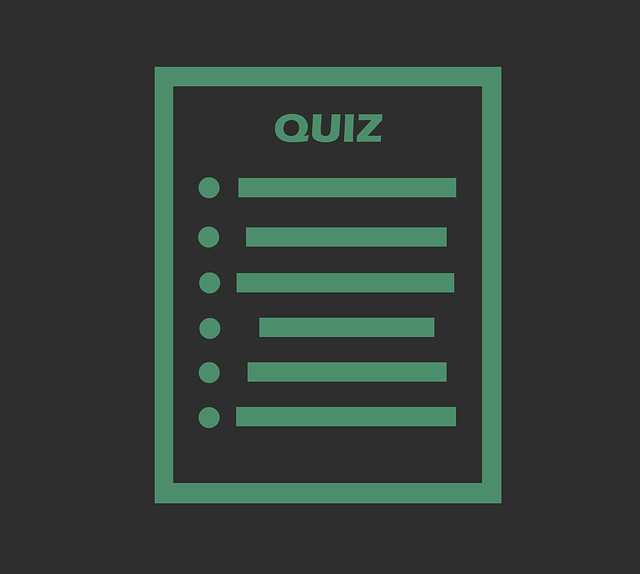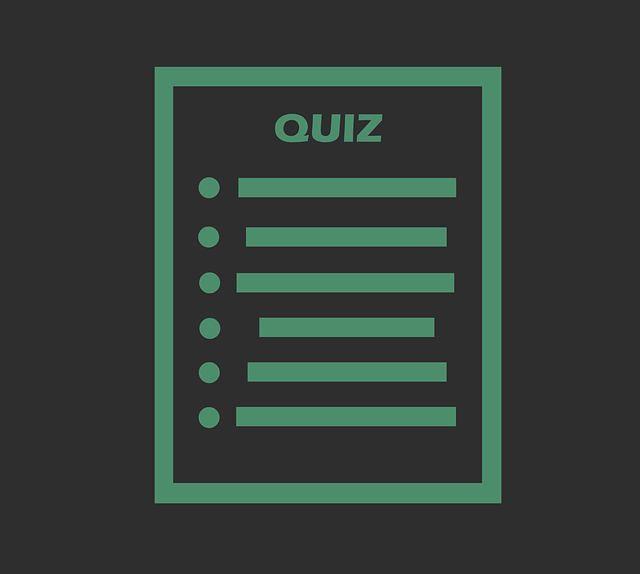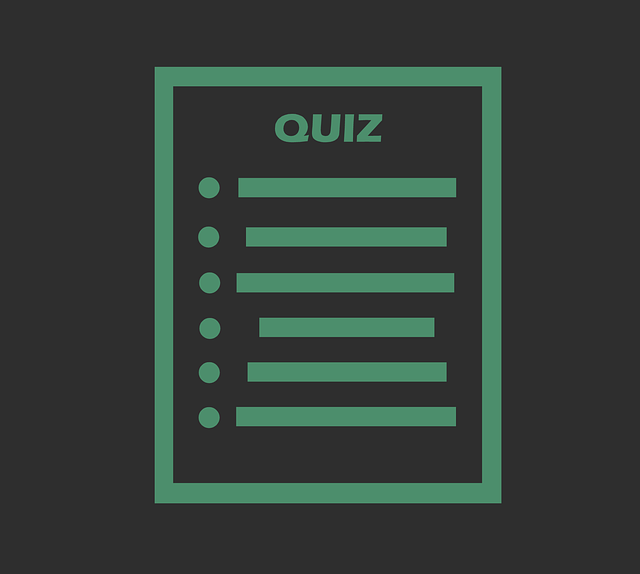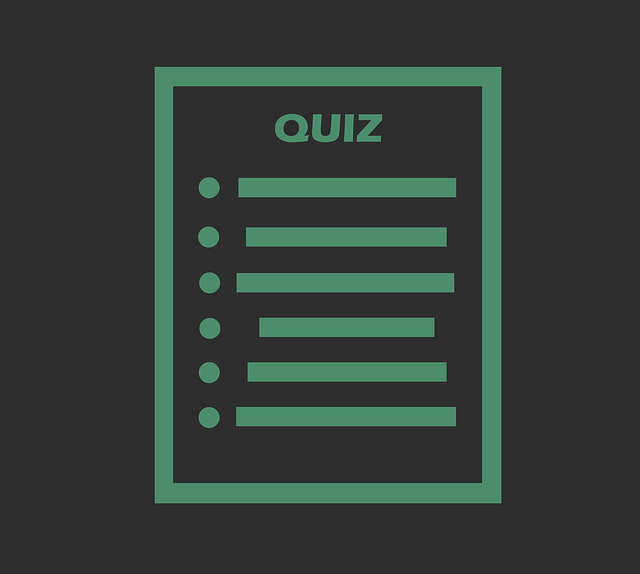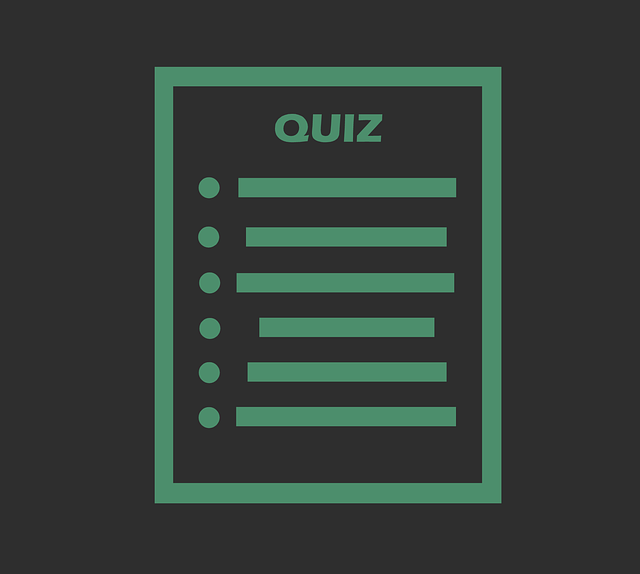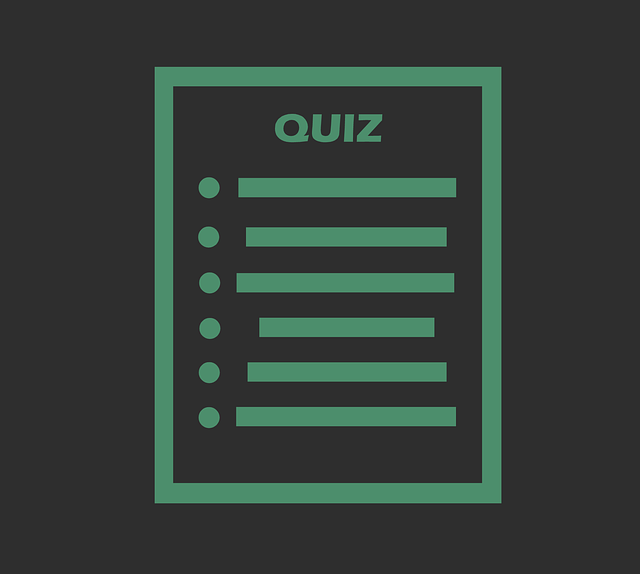1- Choose four reasons why proper planning during the development of any information system is important.
It allows the scope of the project to be defined.
It allows potential problem areas to be identified.
It allows the sequence of the tasks to be identified.
It allows for the provision of a basis for control.
It allows the project manager time off.
2- Which of the following tools are used to document information flow during the Analysis phase of the System Development Life Cycle. Choose three.
Entity Relationship diagrams
Context diagrams
Data Flow diagrams
Strategic diagrams
3- Data Flow diagrams and Context diagrams are used during which phase of the System Development Life Cycle? Choose one.
Implementation phase
Design phase
Evaluation phase
Analysis phase
4- he compatibility of components and cost are two criteria used to evaluate alternative system configurations during which phase of the System Development Life Cycle? Choose one.
Design phase
Implementation phase
Planning phase
Evaluation phase
5- Which of the following tools form the basis for documenting and managing the progress of projects? Choose three.
Program Evaluation and Review Technique (PERT) method
GANTT chart method
Critical Path Method
Strategic Planning method
6- Put the five phases of the System Development Life Cycle into their correct order. Arrange the following in the correct sequence from first to last.
Drag answers into the correct sequence
Planning phase
Analysis phase
Design phase
Implementation phase
Use/Evaluation Phase
7- Which of the following factors do organisations need to consider before purchasing new equipment? Choose two.
Colour coordination with other equipment
Ongoing maintenance costs
The initial purchase price
8- Match the descriptions to the type of user. Drag the description from underneath to the space on right to match the type of user on the left.
Expert user= Need manuals with explanation of complex or advanced features.
Novice user= Need quick start guides, troubleshooting tips and user manuals that explain basic processes in detail.
Intermediate user= Need more detailed user manuals which assume some prior knowledge, troubleshooting guides and simple technical guides.
9- Which of the following is the name given to the replacement of skilled workers with machines that can do the job more efficiently? Choose one.
Downsizing
Re-engineering
De-skilling
Outsourcing
10- True or False – Proper planning during the development of any information system is important because it allows the scope of the project to be defined.
True
False
11- ‘Support specialists, usually software or hardware technicians whose role is to maintain the system’. The statement describes which of the following type of user? Choose one.
Adjunct
Expert
Guru
Incidental
12- Which of the following key factors need to be considered when planning a project. Choose four.
Costing, human and time constraints.
Purpose and aim of the project.
Resources available, both human and material.
Tasks, procedures or activities required to complete the project.
Role of shareholders in the organisation.
13- Match the descriptions to match the project management phases. Drag the description from underneath to the space on right to match phase on the left.
Project Management Phase 1= Once a project is defined, further research is needed in order to determine whether or not it is worthwhile pursuing.
Project Management Phase 2= The phase aims to ensure that the objectives can and will be met within the set time and budgetary constraints.
Project Management Phase 3= During this phase the plan is put into operation.
Project Management Phase 4= Some of the team may observe the full implementation of the project or in supporting or monitoring its implementation.
14- ‘Define the problem’ and ‘Identify constraints’ are two of the seven steps in which phase of the System Development Life Cycle? Choose one.
Evaluation phase
Implementation phase
Planning phase
Design phase
15- ‘Announce the project, Create the project team, Define information needs’. In which phase of the System Development Life Cycle do these steps happen?
Choose one.
Planning phase
Analysis phase
Design phase
Implementation phase
Use/Evaluation phase
16- True or False – The aim of Phase 2 in Project Management is to ensure that the objectives can and will be net within the set time and budgetary constraints.
True
False
17- True or False – During Phase 1 of Project Management the Project Development Plan is put into operation.
True
False
18- What does system and technical documentation consist of? Choose one.
Documents all the processes of system development.
Documents all steps of the process when developing a software solution.
A set of documents that assist the user using the system, software or hardware being implemented.
Traditional forms of user documentation including documents specifically designed for the system and produced in-house.
19- True or False – The role of shareholders is an important factor that needs to be considered when planning a project.
True
False
20- ‘Initial commissioning of the project, Identification of the initial aim and goals, Investigation into the possible ways the project could be completed. These are characteristics of which phase of project management? Choose one.
Investigation
Planning and design
Production
Monitoring and evaluation
21- Put the seven steps in the Planning Phase of the System Development Life Cycle into their correct order. Arrange the following in the correct sequence from first to last.
Drag answers into the correct sequence
Recognise the problem
Define the problem
Set project objectives
Identify constraints
Conduct feasibility studies
Establish control mechanisms
22- ‘Providing resources, Completing the activities, and Monitoring, controlling and recording the progress of the project’. Which project management phase do these characteristics belong to? Choose one.
Production
Investigation
Planning and design
Monitoring and evaluation
23- Put the four phases of Project Management into their correct order. Drag answers into the correct sequence from first to last.
Drag answers into the correct sequence.
Investigation
Planning and design
Production
Monitoring and evaluation
24- ‘Acquiring the software resources, Preparing the physical facilities, Educating the participants and users’. In which phase of the System Development Life Cycle do these steps occur? Choose one.
Use/Evaluation phase
Design phase
Implementation phase
Planning phase
Analysis phase
25- Match the descriptions to the documentation types. Drag the description from underneath to the space on right to match the documentation type on the left.
System and Technical Documentation= System documentation involves developing and documenting all the processes of system development.
Program Documentation= When developing a software solution the developer or programmer will document all steps of the process.
User Documentation= A set of documents that assist the user using the system, software or hardware being implemented.
Paper-based Documentation= Traditional forms of user documentation including documents specifically designed for the system and produced in-house.
26- Match the descriptions to the project management tools. Drag the descriptions from underneath to the space on right to match the tools on the left.
PERT charts= Use a graphical form to show relationships between activities and time frames.
GANTT chart= Displays tasks and costs on a horizontal time scale where time for each task is recorded using start and finish dates.
Critical Path Method= A series of activities which are vital to the event being completed on time.
27- When setting up an information system supplying manuals that explain complex or advanced features of the system satisfies the needs of which type of user? Choose one.
External user
Expert user
Novice user
Intermediate user
28- ‘Auditing the system, Maintaining the system, Re-engineering proposals’. In which phase of the System Development Life Cycle are these steps used.
Use/Evaluation phase
Planning phase
Analysis phase
Design phase
Implementation phase
29- During the Design phase of the System Development Life Cycle which of the following criteria are used to evaluate alternative system configurations? Choose four.
Strategic importance
User-friendliness of equipment
User-friendliness of procedures
Compatibility of components
Cost
30- When an information system is changed, or a new system introduced, much of its success often depends on what? Choose one.
How well the users/customers accept it.
How much money has been spent changing/creating it.
How many people worked to change/implement it.
31- Which of the following factors do organisations need to consider before purchasing new equipment? Choose two.
Colour coordination with other equipment
The initial purchase price
Ongoing maintenance costs
32- Choose four reasons why proper planning during the development of any information system is important.
It allows the project manager time off.
It allows for the provision of a basis for control.
It allows the sequence of the tasks to be identified.
It allows the scope of the project to be defined.
It allows potential problem areas to be identified.
33- Which of the following tools are used to document information flow during the Analysis phase of the System Development Life Cycle. Choose three.
Strategic diagrams
Context diagrams
Data Flow diagrams
Entity Relationship diagrams
34- Data Flow diagrams and Context diagrams are used during which phase of the System Development Life Cycle? Choose one.
Evaluation phase
Analysis phase
Design phase
Implementation phase
35- Put the seven steps in the Planning Phase of the System Development Life Cycle into their correct order. Arrange the following in the correct sequence from first to last.
Drag answers into the correct sequence
Recognise the problem
Define the problem
Set project objectives
Identify constraints
Conduct feasibility studies
Establish control mechanisms
36- True or False – During Phase 1 of Project Management the Project Development Plan is put into operation.
True
False
37- True or False – The role of shareholders is an important factor that needs to be considered when planning a project.
True
False
38- Put the five phases of the System Development Life Cycle into their correct order. Arrange the following in the correct sequence from first to last.
Drag answers into the correct sequence
Planning phase
Analysis phase
Design phase
Implementation phase
Use/Evaluation Phase
39- ‘Support specialists, usually software or hardware technicians whose role is to maintain the system’. The statement describes which of the following type of user? Choose one.
Expert
Guru
Adjunct
Incidental
40- The compatibility of components and cost are two criteria used to evaluate alternative system configurations during which phase of the System Development Life Cycle? Choose one.
Evaluation phase
Implementation phase
Design phase
Planning phase
41- ‘Initial commissioning of the project, Identification of the initial aim and goals, Investigation into the possible ways the project could be completed. These are characteristics of which phase of project management? Choose one.
Monitoring and evaluation
Production
Planning and design
Investigation
42- What does system and technical documentation consist of? Choose one.
Documents all steps of the process when developing a software solution.
Documents all the processes of system development.
A set of documents that assist the user using the system, software or hardware being implemented.
Traditional forms of user documentation including documents specifically designed for the system and produced in-house.
43- Which of the following tools form the basis for documenting and managing the progress of projects? Choose three.
Program Evaluation and Review Technique (PERT) method
GANTT chart method
Critical Path Method
Strategic Planning method
44- When an information system is changed, or a new system introduced, much of its success often depends on what? Choose one.
How much money has been spent changing/creating it.
How well the users/customers accept it.
How many people worked to change/implement it.
45- Which of the following key factors need to be considered when planning a project. Choose four.
Role of shareholders in the organisation.
Tasks, procedures or activities required to complete the project.
Purpose and aim of the project.
Resources available, both human and material.
Costing, human and time constraints.
46- Match the descriptions to the documentation types. Drag the description from underneath to the space on right to match the documentation type on the left.
Paper-based Documentation= Traditional forms of user documentation including documents specifically designed for the system and produced in-house.
Program Documentation= When developing a software solution the developer or programmer will document all steps of the process.
System and Technical Documentation= System documentation involves developing and documenting all the processes of system development.
User Documentation= A set of documents that assist the user using the system, software or hardware being implemented.
47- When setting up an information system supplying manuals that explain complex or advanced features of the system satisfies the needs of which type of user? Choose one.
Expert user
Novice user
Intermediate user
External user
48- What does system and technical documentation consist of? Choose one.
Traditional forms of user documentation including documents specifically designed for the system and produced in-house.
A set of documents that assist the user using the system, software or hardware being implemented.
Documents all the processes of system development.
Documents all steps of the process when developing a software solution.
49- Which of the following factors do organisations need to consider before purchasing new equipment? Choose two.
Colour coordination with other equipment
The initial purchase price
Ongoing maintenance costs
